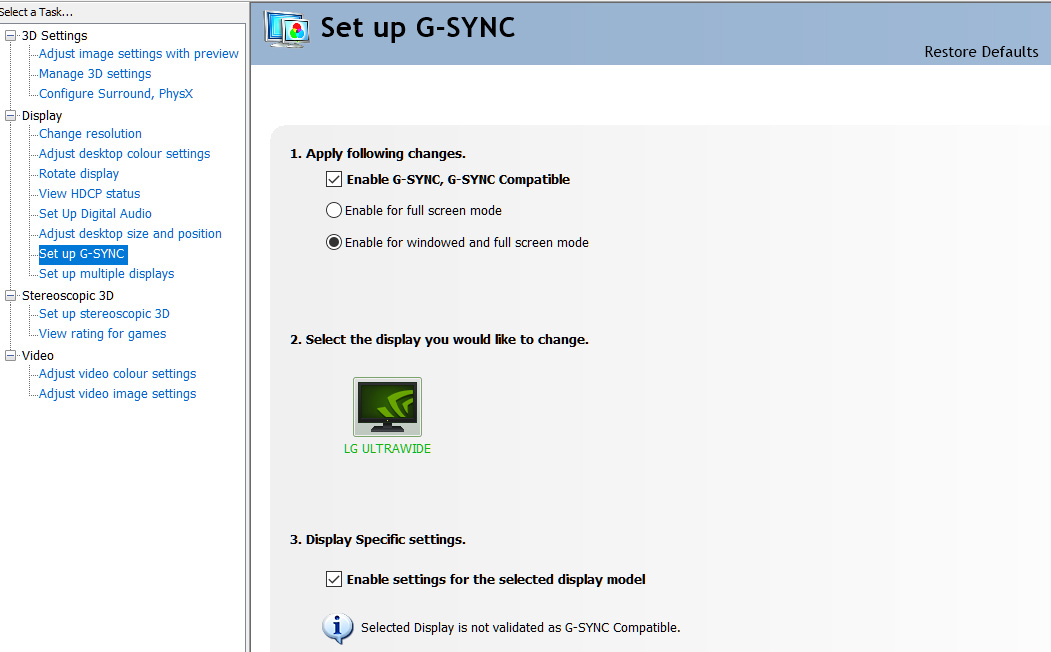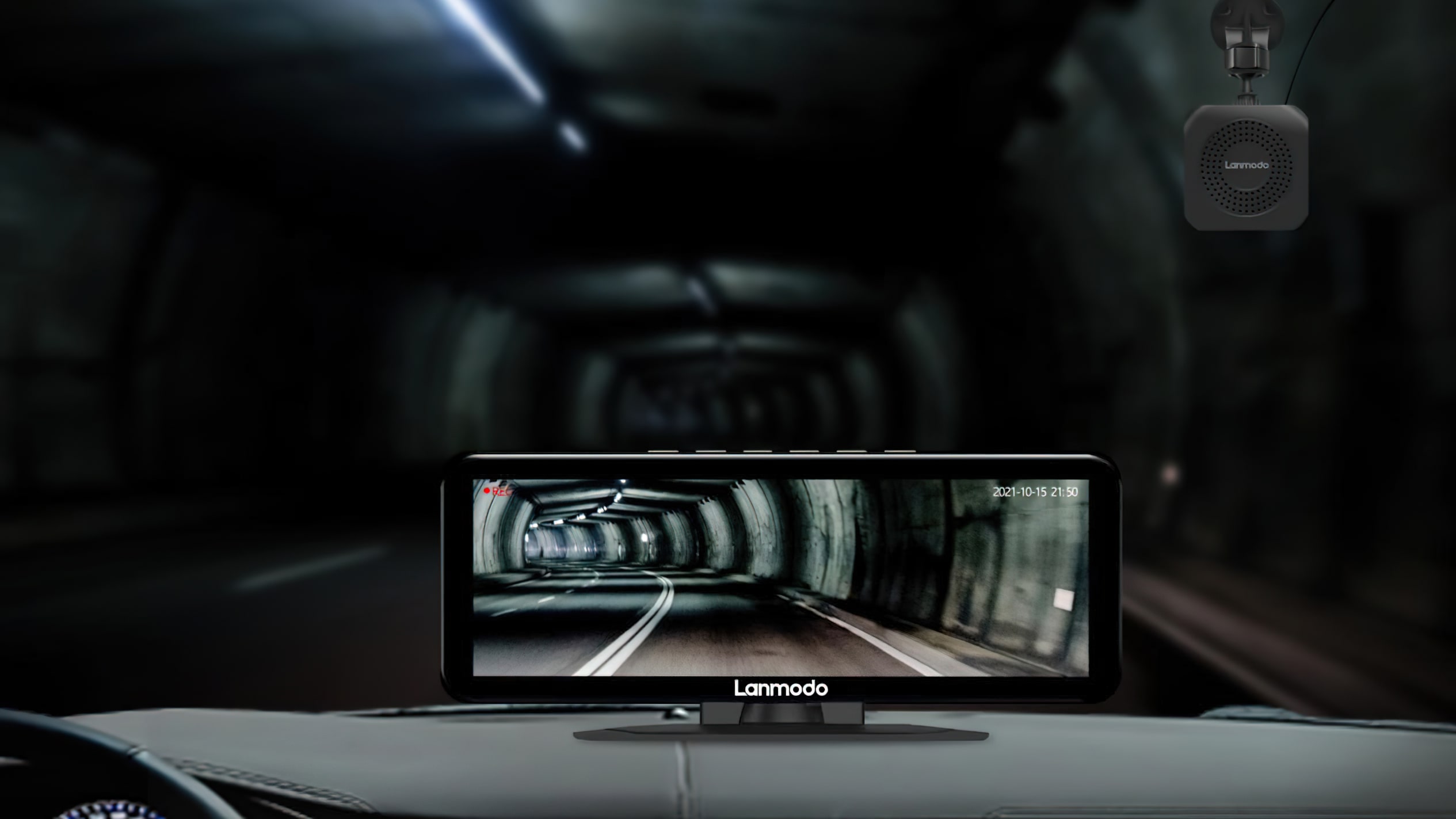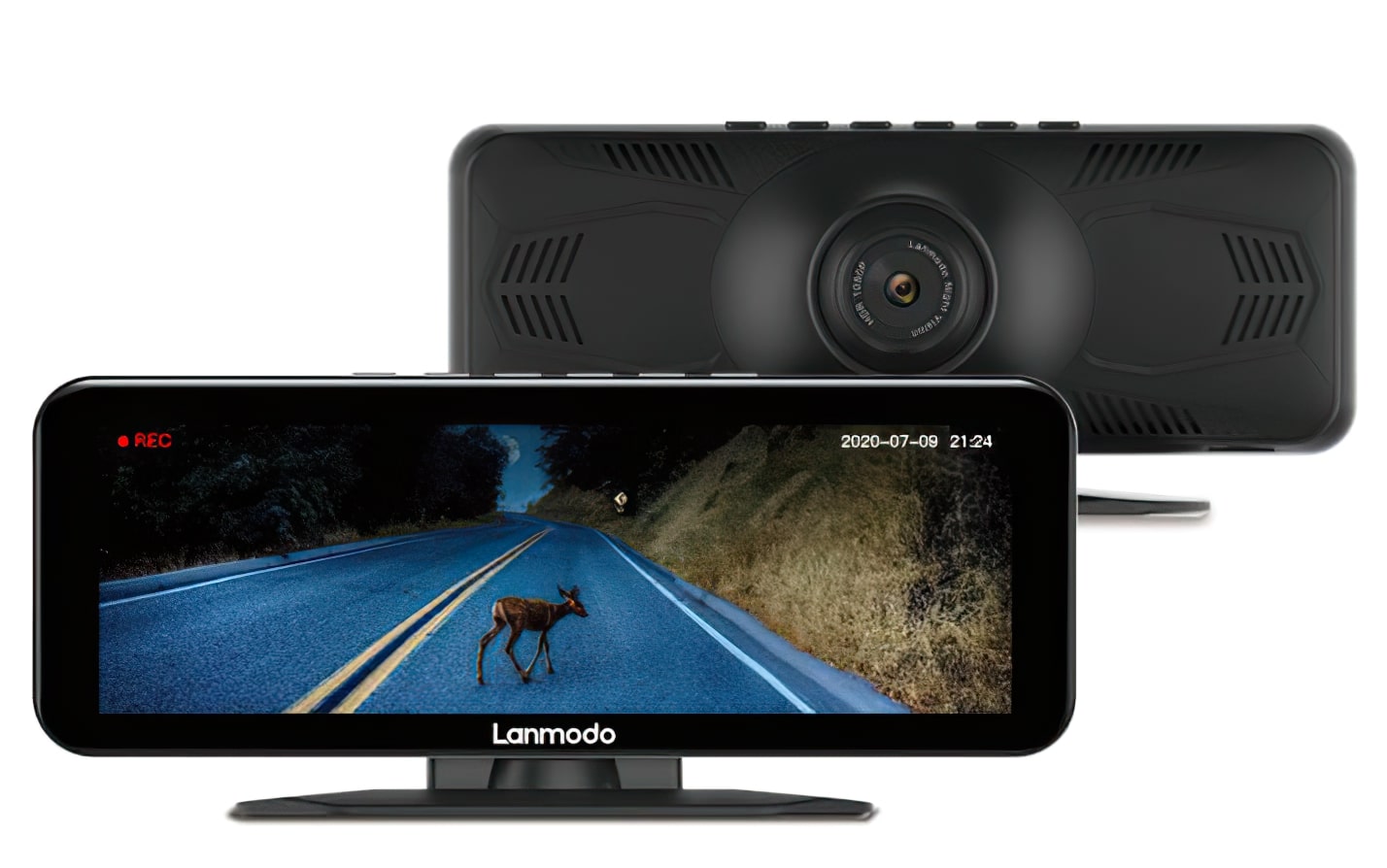
There’s a twist within the story of the immediately’s newest Nvidia driver, because it lastly provides support for FreeSync monitors. For years now, there’s been a GeForce tax if you happen to wished a display with Nvidia’s model of adaptive sync – that’s, the one that may regulate its refresh price, and subsequently in-game body price, with wild abandon, and extra importantly with out that icky screen-tearing impact or harsh body price step-down of V-sync – and Nvidia G-Sync screens have historically price way over the open supply, AMD-supported FreeSync customary.
That modifications immediately, with the most recent GeForce driver formally ushering in assist for adaptive sync on 12 FreeSync screens, however extra importantly the choice to offer it a go on any FreeSync display on the idea that it might or might not work, or certainly be superb. On mine, it does. You can contact me if you wish to.
Don’t count on a plethora of choices in Nvidia’s Control Panel, as you’d get on an officially-sanctioned G-Sync panel, however reasonably simply an on/off checkbox and imprecise language which suggests solely probably the most grudging assist. But if you happen to can see the G-Sync possibility in your Nvidia Control Panel, you may at the least give it a strive. It magically appeared for my three-year-old LG 34UC88 FreeSync monitor, and I’m blissful to say it labored with no fuss.

That stated, this panel ‘only’ goes as much as 75Hz so I can’t attest to how efficient that is on FreeSync panels with ridiculously excessive hertzage – yer 120s and 144s and all that willy-waving. I, nonetheless, am blissful to have only a bit extra leeway in relation to working games at max settings – i.e. frames now are likely to vary between 50 and 75 for me, with out tearing and with out sudden steep drops to 45 / 30 fps, for instance, as with outdated man V-sync.
For my panel, I’m additionally now in a position to run it at 75 versus 60 FPS, which beforehand was solely potential on AMD playing cards for Reasons, which is jolly good. However, I can’t appear to overclock it to 80, as I may on AMD, however small beans.
Hopefully that is simply the beginning of correct adoption, and in flip maybe the enjoyable of G-sync’s choke-hold on fancy-pants gaming screens may imply some fairer costs. That stated, Nvidia are additionally banging on about their G-Sync premium expertise and G-Sync Ultimate so as to guarantee your pixels are as excellent as potential or no matter, so brace your self for much more confusion about what you really want and what you’re truly shopping for within the months and years to return. Case in level:

As for what are actually deemed G-Sync Compatible panels, which is to say the chosen 12 Freesync ones that Nvidia will wave by way of into primary G-Sync assist with out query, you’re in luck if you happen to personal one in every of these:
- Acer XFA240
- Acer XZ321Q
- Acer XG270HU
- Acer XV273Okay
- Asus VG258Q
- Asus MG278Q
- Asus XG258
- Asus XG248
- Asus VG278Q
- AOC Agon AG241QG4
- AOC G2590FX
- BenQ XL2740
Note that you simply’ll additionally want a Pascal (GXTX 10-series) or later Nvidia card to offer this a go, officially-sanctioned display or no.
Today’s driver (instantly obtain it here) can also be what you’ll want if you happen to’re considering of choosing up one of many new mid-range RTX 2060 playing cards, together with the standard assortment of bug fixes and profile tweaks.


